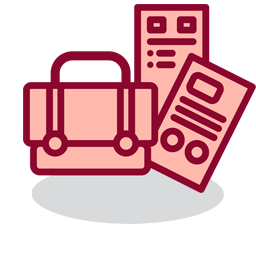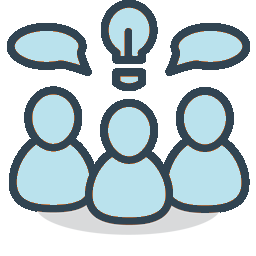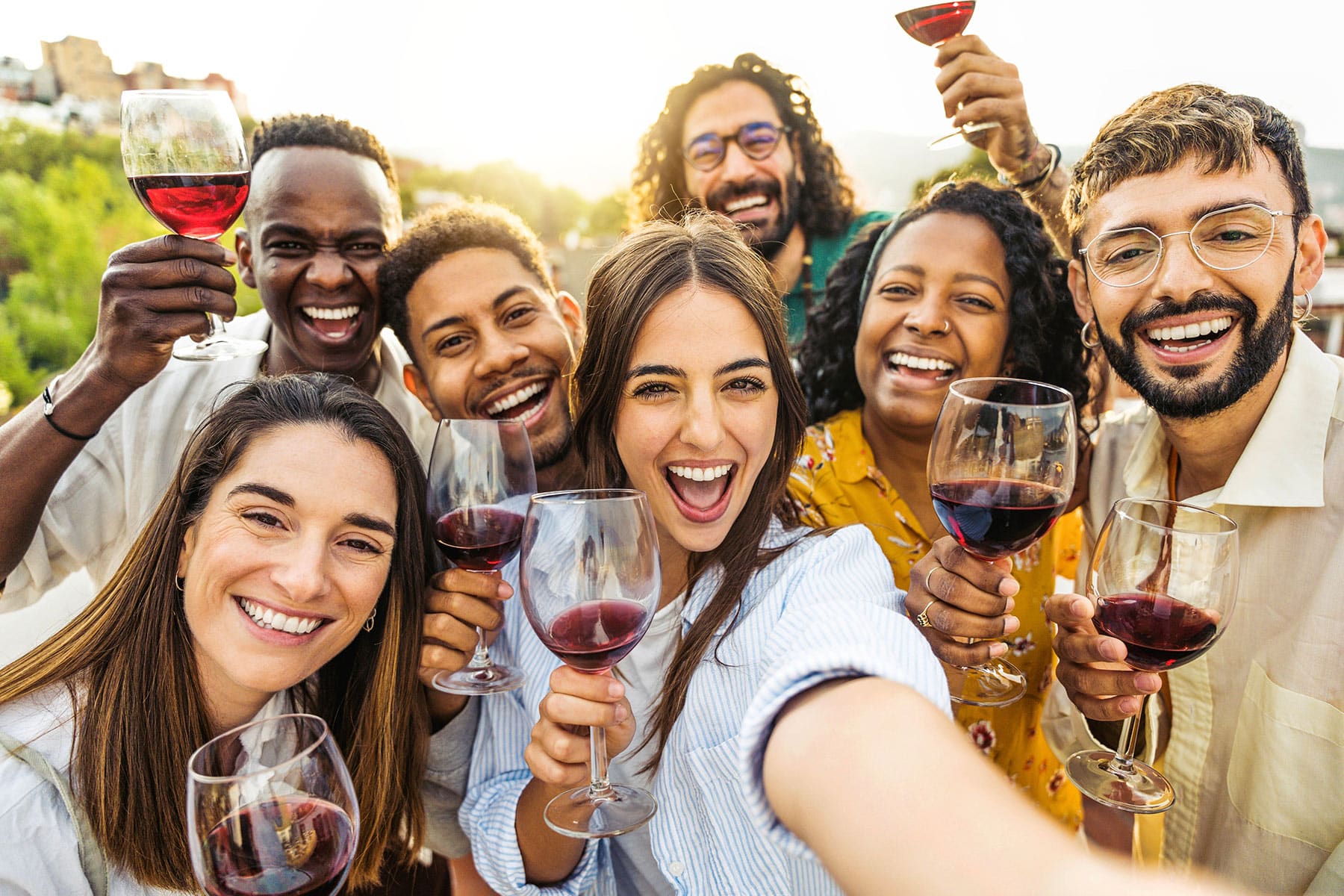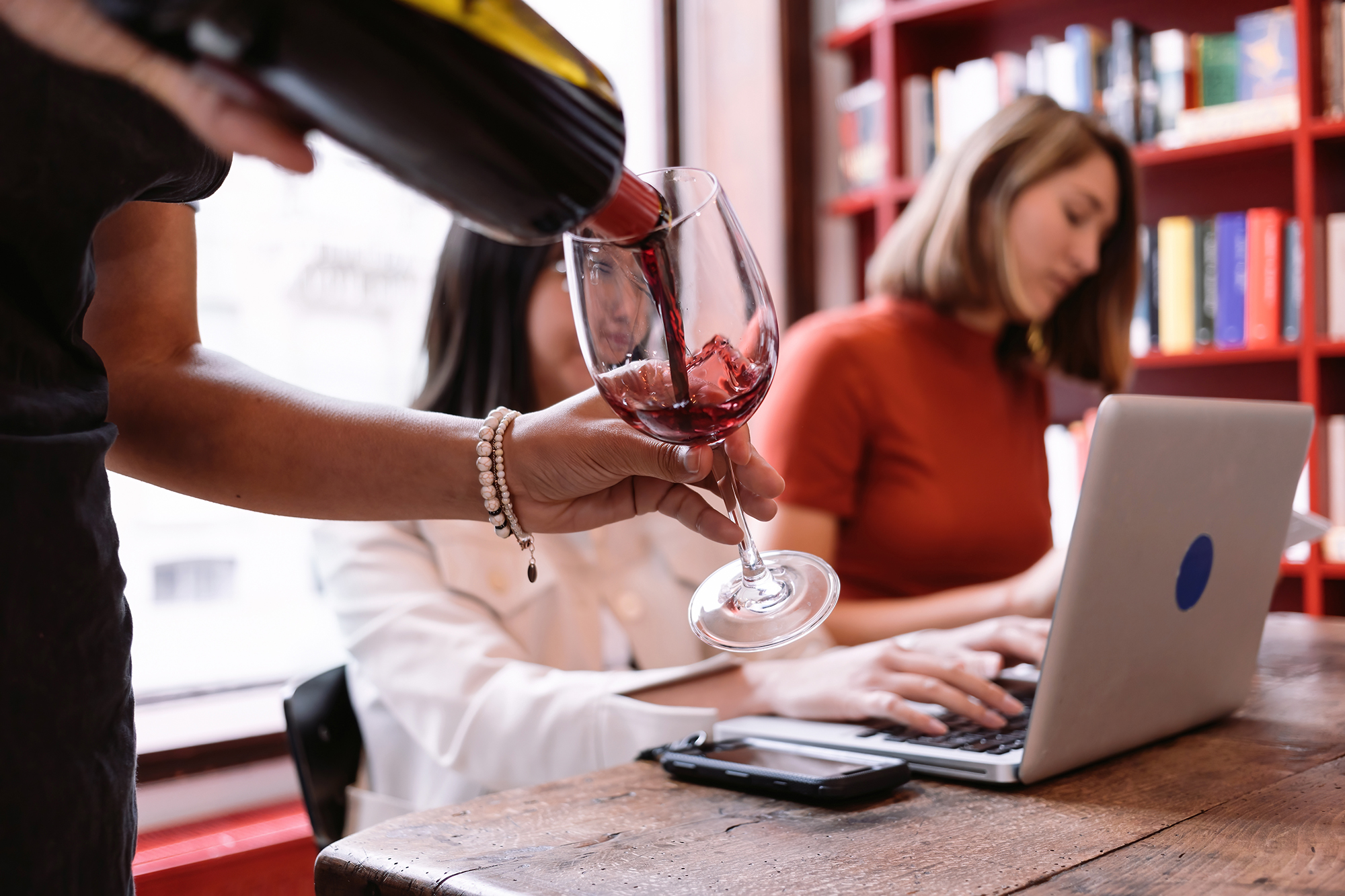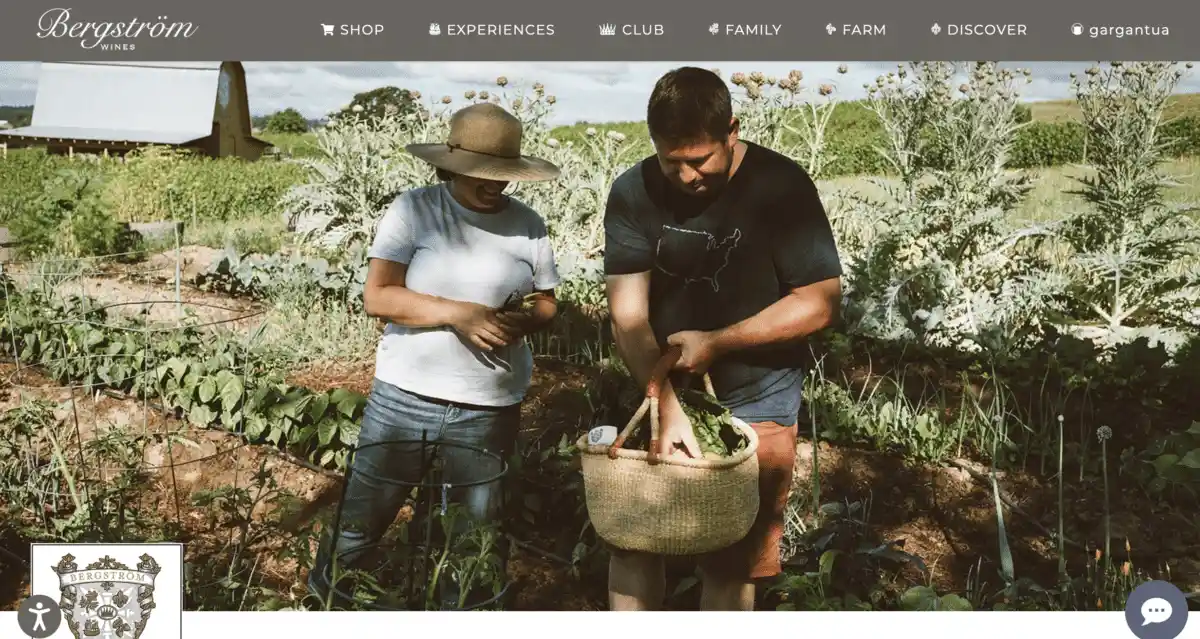At Lunabean Media we have clients across the US and even on the other side of the globe (hello Australia). We work with many on an individual level, and, quite often, on a regional level when we visit these areas to lead trainings or seminars.
Because of this level of exposure to real wineries doing the real work of selling wine, we feel we are in the unique position of seeing and hearing about DTC marketing trends that are on the top of the minds of many of these wineries. We hear about services that people are trying to sell them, and we hear what they think about some of the industry’s “big ideas”.
We decided, over the course of the next few weeks, we’re going to tackle some of these services and idea, and let you know where we stand on them. We will cover topics from ADA Compliance Services to Instagram Strategy to Tasting Notes to Wine Discounts – which is where we start today.
Lunabean Media’s Case for Wine Discounts
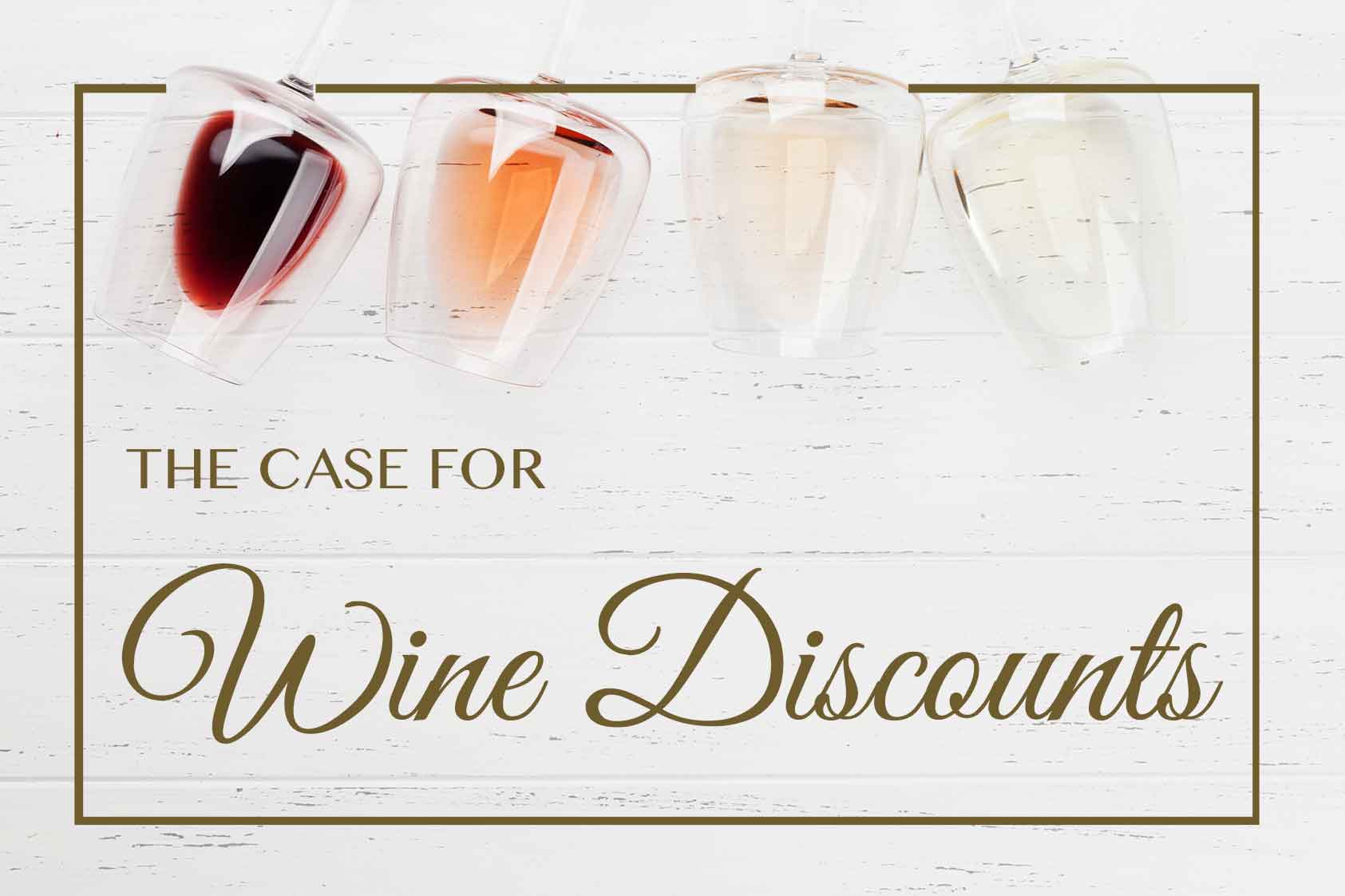
There’s been talk for years that discounts may be bad for wineries – the fear being that discounting the wine diminishes the value of the brand, or discounting too frequently will train your customers to only buy during sales. Add in the concern now that wine buying is about to change, with the antiquated 3-tier system of distribution potentially close to its demise, wineries are being told to focus on exclusivity, education and limited access over discounts.
Here’s what we have to say about this – discount. Discount your hearts out. BUT, BE SMART ABOUT IT. While you’re at it, build up a portfolio of exclusivity, run an education campaign, and/or provide limited access to your best buyers. Because, to sell your wine, and to stay relevant, you need to get your wine in the hands of consumers and new buyers, and the easiest way to do this is to include discounts as part of your marketing strategy*.
*Please note, if you are one of a those wineries that sells out of your wines year after year with no discounts, then, by all means, ignore this. You keep doing you. However, if you are a winery that needs a little help moving your product, or you enjoy extra cash flow, then, please, keep reading.
The Problem with Exclusivity
The problem with exclusivity when it comes to wine marketing is that, by definition, it excludes – and not many wineries are in a position where they can exclude potential customers. Sure, exclusivity provides immense value to your best customers, and, yes, there are exceptions to every rule – but, generally, exclusivity is for those who have already gone through your winery’s path to purchase and have come out on the other end a brand loyalist. But it doesn’t speak to those who haven’t yet bought in.
Discounts, on the other hand provide value to everyone, while keeping you competitive in a world where there are only so many wine dollars people are willing to spend (this is the world, by the way, where most wine buyers live). Discounts allow people to get to know you, or try a wine they would not have tried at full price. Bonus, your most loyal customers also love and appreciate a discount – so discounts are a win for everyone.
How to Discount without Devaluing Your Wine Brand
For those concerned about training your customers to only buy wine when discounted, or worried that discounts devalue your wines, here are a few tips:
1. Offer across the board discounts (“30% savings on all wines”) as sparingly as possible. Instead, offer discounts (shipping discounts count) on select wines at seemingly (to the customer) random times of the year. To you, there is reason behind these times (low inventory, high inventory, celebrating a new release, celebrating a new score, etc), but, to your customer, these limited discounts won’t give them the impression that they can simply wait for your semi-annual sale to make all of their wine purchases. They may be the type of customer who just buys whatever you’re discounting – but, that’s ok – they are still a customer and they are still giving you their wine dollars.
2. Segment, segment, segment. Don’t email your Syrah buyers your Pinot Gris offer. No, you find your Pinot Gris buyers and you email them, and only them, a thank you note for being a Pinot Gris buyer and give them 3 days to purchase the newest release at a savings just for them before you release the wine at full price to the rest of your list (then, let them see you email everyone else with the full price, and they’ll feel really special). Have only 20 cases of a certain wine left? Email the people who have purchased the wine in full case increments previously and offer case shipping discounts. What about having a segment of people who have visited your winery in the past month and spent more than $100. Ask them if they need more wine – encourage them with a discount, or offer to throw in a t-shirt with their next order, getting them one step closer to being that brand loyalist you want. Have loyalty points? Make double or triple points offers.
Segmenting is easy AND effective. It does take time AND you may feel like you are discounting your wines frequently because you are constantly running discounts. But, remember, you are simply the puppet master pulling the strings. Your customers are only getting served occasional discounts that speak directly to them. And, the more a discount speaks directly to a customer, the more effective the discount will be.
How to Be Exclusive without Excluding
Now, back to your exclusivity play. While you are actively discounting your wines, keep certain wines out of the discount line. Whether it’s your estate wine, or the wine that only your winery makes in your region, exclude it from your sales. And do so obviously – “30% Holiday Savings on All Wines (excluding Estate Wines)”. Have a category in your store called “Exclusive wines” that never go on sale (added note, have a category in your store called “exclusive club wines” that only club members can buy). Make certain wines untouchable with discounts (then, dare I say, actually offer an extremely limited sale on the wines that never go on sale and watch the sales come in).
The point is there’s a lot of room to run while running an exclusivity play on the side. Sell your wines while building up a portfolio of exclusivity. It’s a win, win.
The Benefits of a Flash Sale
Now, before I let you go, I do want to make a quick case for the flash sale (a steep discount on a specific wine available for a very, very limited amount of time). We understand wineries may fear the flash sale, particularly from a value standpoint. But, in our experience, the flash sale has brought nothing but good things to wineries that have run them as they are running them smartly, and infrequently.
When we run flash sales, they are usually for 24 hours. They often include emails, chatbots, about $30 in social media advertising, and, if available, SMS messaging. Here’s what wineries get in return.
1. New customers, complete with new email addresses to add to your mailing list, and credit card captures, making future purchases easier (typically we see 25% of purchases from NEW customers).
2. Your wine in the hands of people who have never had your wine before.
3. Your wine in the hands of people who love your wine and appreciate a great sale.
4. Back to the new customers – you just got a bunch of them without having to deal with the months long “Creating a wine buyer” process.
5. Cash. Typically more than what you’ll see with other promotions.
Don’t do it often. But, if you’re looking to have a little fun and earn a little money, do it. Just don’t do it on any of your “exclusive” wines.
A Longterm Strategy?
Is discounting your wines a longterm strategy? It is if you like customers. But as we say above, you need to be smart about it. Bringing in new customers, or tasting room customers who have never purchased online, is the holy grail of DTC wine marketing. Once that customer has wine delivered to them, they are in. And you can keep marketing to that customer for years, be it with exclusive wines, asking them to join the club, or getting them to come to events. Bonus, you increase the legion of fans out there who are sharing your wine and recommending it to friends. Here’s the simple fact: Nobody will ever buy a second bottle from you if they don’t buy the first. In this increasingly competitive landscape you need to use every tool in your toolbox to get that first purchase.


